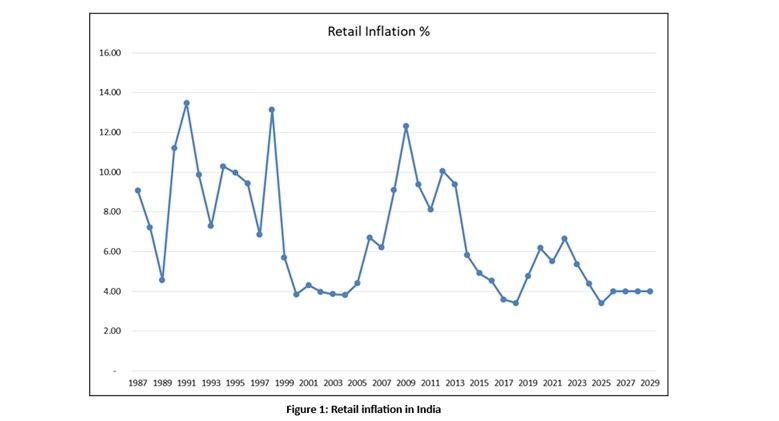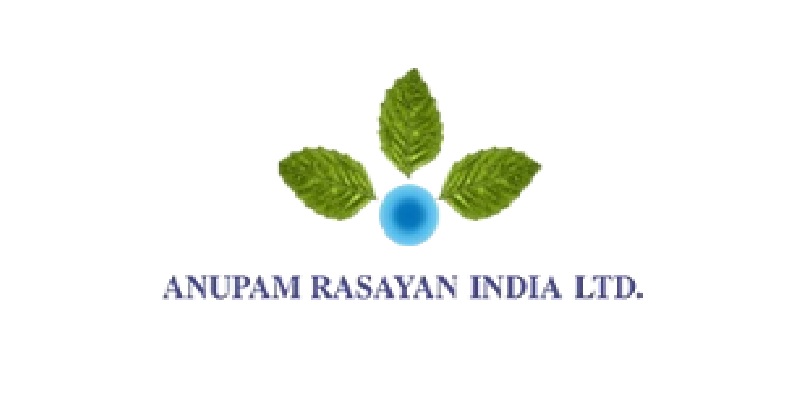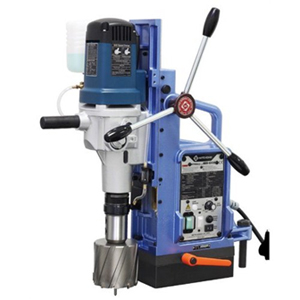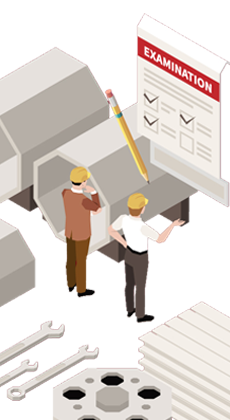Schedule a Call Back
The close link between infrastructure development and inflation in India
 Articles
Articles- Apr 09,25

Related Stories

Welspun One to Build 1.2M sq ft Grade-A Logistics Park in Talegaon, Pune
Welspun One will develop a 1.2M sq ft Grade-A logistics park in Talegaon, Pune, expanding its presence in Maharashtra’s key industrial corridor.
Read more
TARIL Secures Rs 533.3 Mn PGCIL Contract for 397 MVA HVDC Converter Transformer
TARIL secures a Rs 533.3 million PGCIL order for a 397 MVA HVDC converter transformer, marking a major milestone in India’s advanced transmission technology segment.
Read more
Five Trends That Will Define the Evolution of Quick Commerce in 2026
Multi-city footprints expanded, service levels tightened, and fulfilment networks scaled from small clusters to nationwide grids.
Read more














